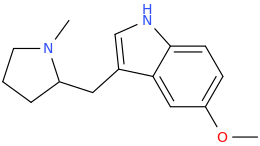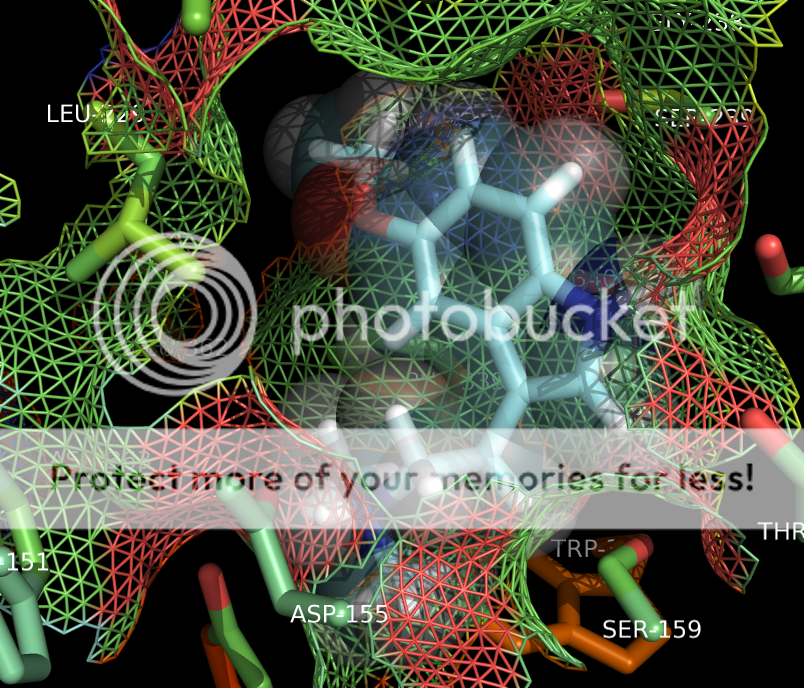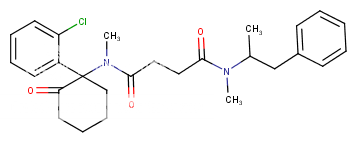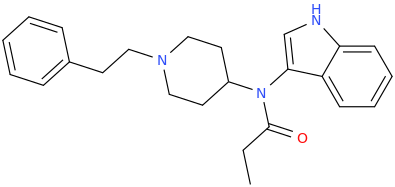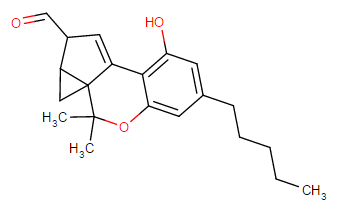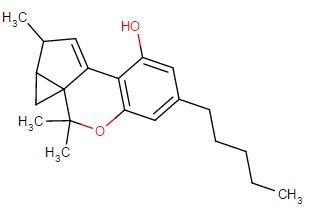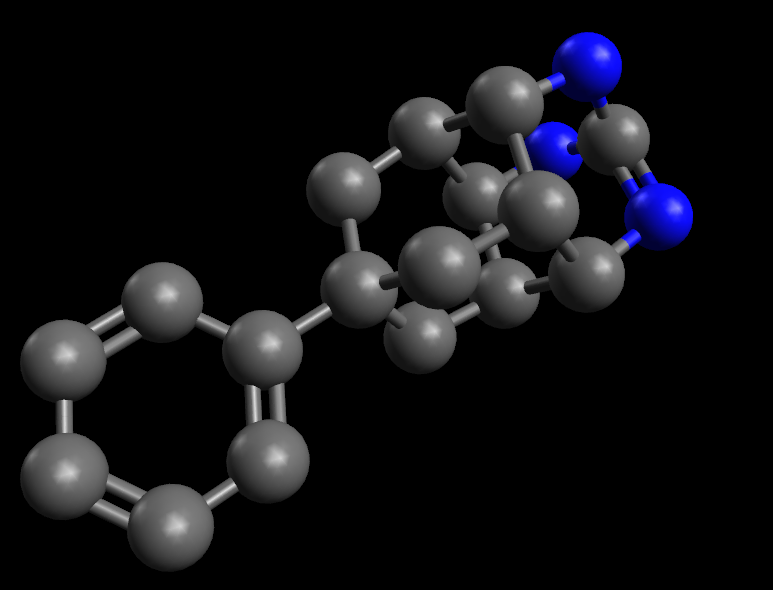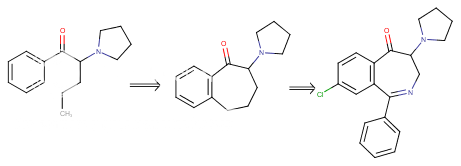aced126
Bluelighter
- Joined
- May 18, 2015
- Messages
- 1,047
I know: I said apparently on tryptamines much more freedom is allowed than on lysergamides.
Maybe with 2,4-dimethylazetidine you won't see huge differences between isomers but I bet that at some point if the alkyl chains get longer the conformation becomes a problem and there would be countless ways to constrain the antlers together using bridges / rings which would still tell us something about whether DPT analogues work better when the antlers are tied together or spread apart, or bent. So comparing spatial conformations would still be interesting a la LSZ even if there is much less of a small particularly shaped pocket?
Again: the metabolism might be a concern, or another reason why Pyr-T was so bad...
Oh yes, I see what you mean. I just thought you might be confusing the amidergic nitrogen with the aliphatic nitrogen of LSD...never mind.



